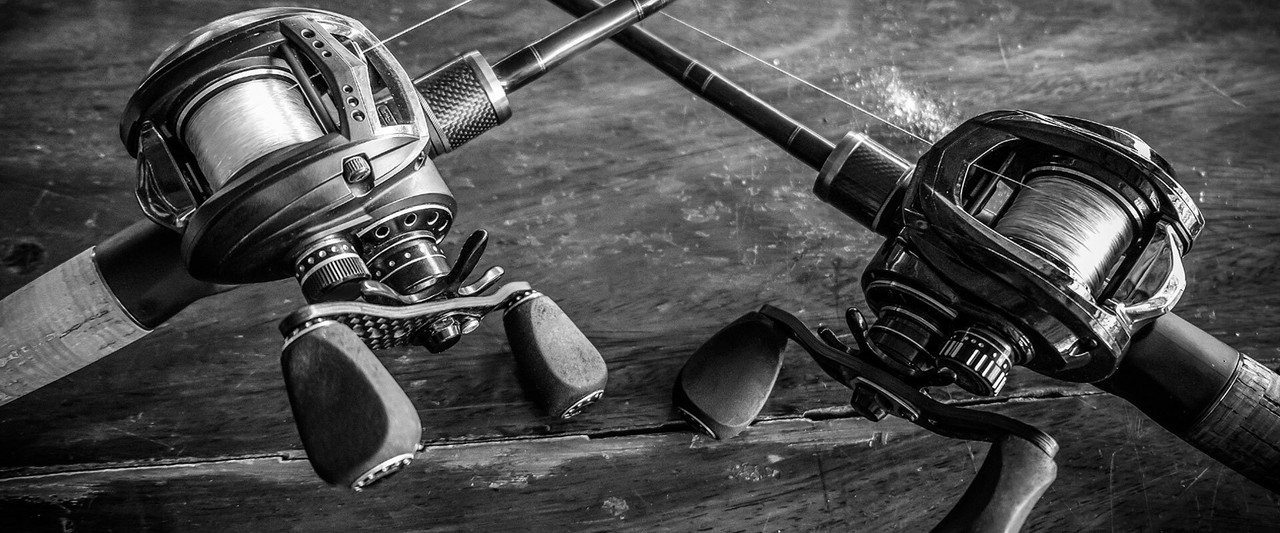Your Expert Guide to Choosing a Baitcaster Reel
A baitcasting reel offers unparalleled accuracy and control, but choosing the right one can be a technical challenge. Understanding the difference between low-profile and round-profile models, and how to select the right gear ratio, is the key to mastering this rewarding style of fishing. This guide breaks down the essentials.
A Note From Our Local Experts
"There's a steep learning curve to mastering a baitcaster, but the payoff in casting accuracy is absolutely worth it. I remember my first time using one on a trip to Melville Island in the NT with the Shimano team. It took some practice, but I was sold on the benefits for putting lures into tight, snaggy spots where spinning reels just can't compete.
The key is choosing a reel that feels comfortable in your hand and has a reliable braking system to help manage overruns. The models we stock are the ones we trust, offering high-quality options across a range of price points to get you started."
- Ben Czulowski & The Team at Fishing Tackle Shop (Ocean Storm)
Low-Profile vs. Round-Profile: Which is Right for You?
- Low-Profile Baitcasters: This is the most popular design for modern lure casting. Their ergonomic shape is comfortable to "palm" for all-day use, and they are generally lighter and more suited for repetitive casting. They are the perfect choice for targeting species like Bass, Golden Perch, and Barramundi.
- Round-Profile Baitcasters: The classic, robust choice. Round-profile reels typically feature a more rugged construction and a larger line capacity, making them the ideal option when you need extra strength and capacity for targeting big, powerful fish like Murray Cod or for light trolling applications.
Shop by Our Trusted Brands
Why Buy from Fishing Tackle Shop (Ocean Storm)?
With a business history dating back to 2001 and our online store operating since 2005, our expertise is built on a deep passion for Australian lure fishing. We meticulously select our range of baitcaster reels, focusing on models with proven casting performance, reliable braking systems, and the durability to handle our tough native species. We're pretty sharp on price and offer fast dispatch when you place an order with us.
Frequently Asked Questions
Are baitcaster reels hard to use for a beginner?
Baitcasters have a steeper learning curve than spinning reels and require practice to master the "educated thumb" needed to prevent backlashes (overruns). However, modern baitcasters with advanced magnetic or centrifugal braking systems are more user-friendly than ever before.
What is the best gear ratio for a baitcaster?
This depends on your technique. A fast ratio (7.1:1 and higher) is great for quickly retrieving line when fishing with soft plastics or jigs. A medium ratio (around 6.4:1) is a versatile all-rounder, while a slow ratio (5.4:1 and lower) provides more cranking power for pulling deep-diving crankbaits.
What's the difference between a baitcaster and an overhead reel?
While they look similar, a baitcaster is a smaller, lower-profile reel specifically engineered for accurate, repetitive casting. An overhead reel is typically larger and more robust, designed for the heavy-duty demands of offshore boat fishing and trolling.
How do I stop backlashes ("bird's nests") on a baitcaster?
Backlashes are caused by the spool spinning faster than the line is flying off. To prevent them, use your thumb to apply light pressure to the spool throughout the cast, and set your reel's internal braking system and external cast control knob correctly for the weight of the lure you are using.
What line should I use on a baitcaster?
Baitcasters excel with a wide range of lines. Braided line is the most popular choice for its sensitivity and strength. Fluorocarbon is also an excellent option as its stiffness can help reduce backlashes. Monofilament is a good, forgiving choice for beginners.







